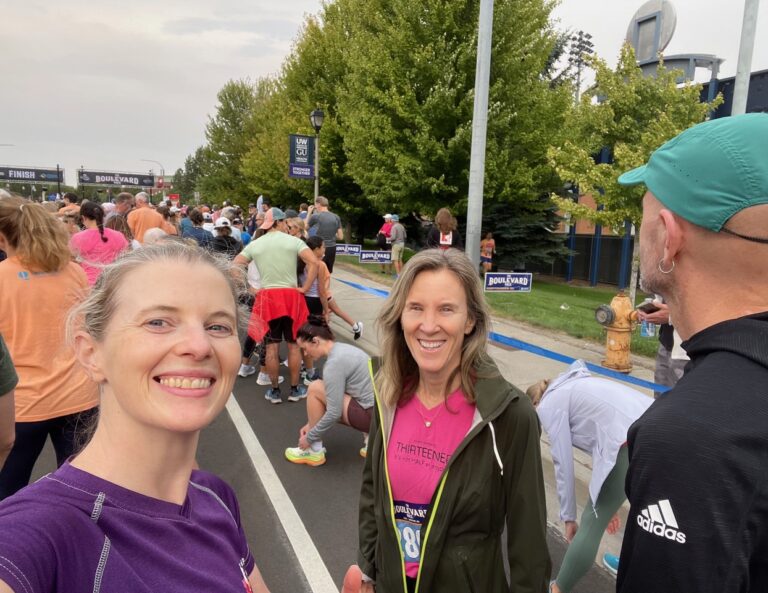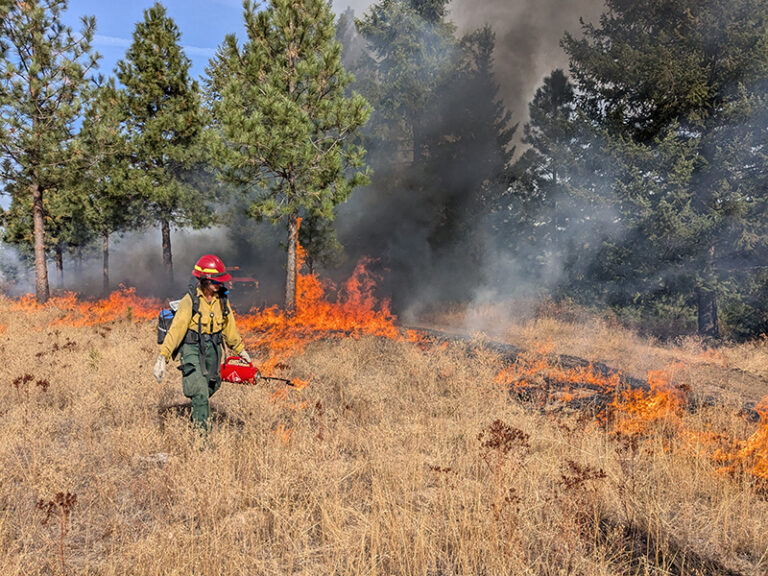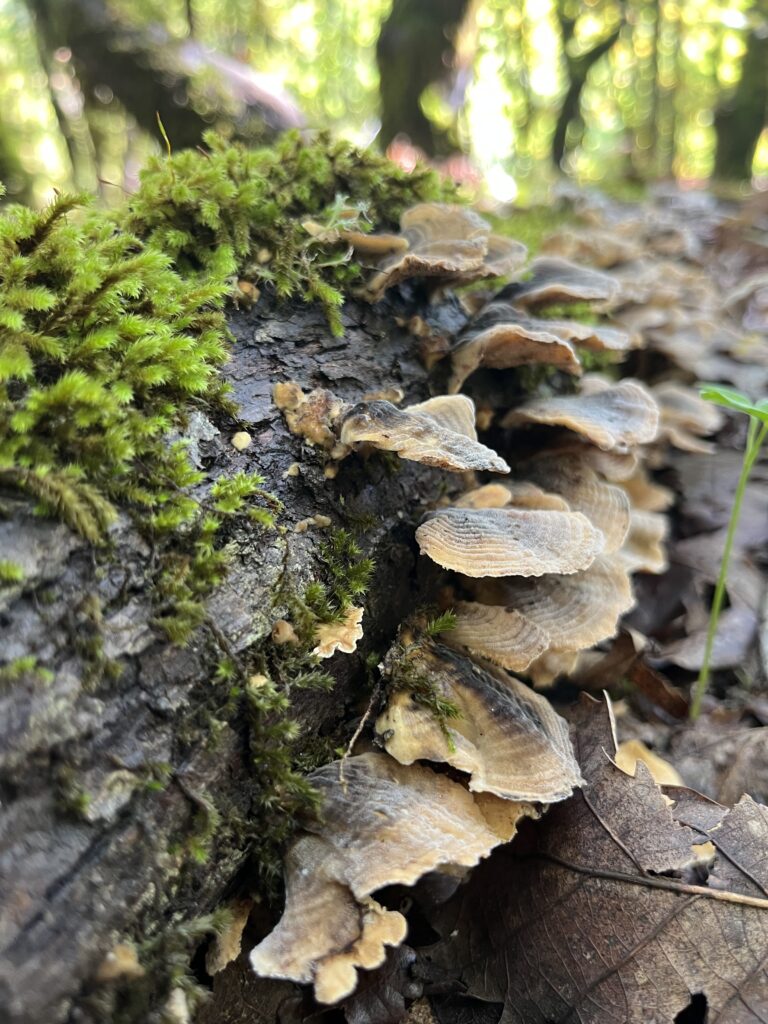Spokane sits in a plush pocket of the Northwest surrounded by over a hundred miles of singletrack trails all within a short drive (or run) from downtown. And given the fact that the city sits at the cusp of the Channeled Scablands, nearly all trails have a reasonable grade suitable for trail running. But before you set out sprinting through the woods on your first trail run, it’s a good idea to keep these few tips in mind.
Be Patient
In this day and age of instant coffee, instant oatmeal, and Instagram, patience is becoming a lost art. Speeding down the trail while staring at your Garmin watch and trying to keep a certain pace is a perfect recipe for injury. People who spend more time cycling and swimming are especially injury prone since their cardiovascular systems are tuned but their musculoskeletal systems aren’t prepared for the consistent impact of running. Whatever your background, take it slow when starting out. Tell yourself you’re going for a fast hike and not a trail run. Soak in the beauty of the forest and work on getting your heart rate up slightly with some short running efforts.
Avoid Running When Injured
Regardless of your pain threshold, pay attention if you feel discomfort or pain when walking or moving up or downs stairs. If pain worsens when running, consider stopping and walking back. You never want to have to change your running form to keep something from hurting since it will likely cause another injury elsewhere. As your tendons and ligaments adjust to the new stress of impact, they will have to constantly adapt and rebuild. Allowing your body to recover while not “pushing through” an injury is the only way to help your body obtain this. If you allow yourself to be patient during this process, injuries are less likely.
Recovery Is as Important as the Run
Often overlooked, yet critical in your journey to becoming a trail runner, proper rest and recovery is the only way for your body to rebuild and absorb the training you’re now giving it. Foam rollers are one of the best tools for injury prevention. Roll out your glutes, hamstrings, IT bands, groins, quads, calves and hip flexors. It will be uncomfortable at first, but in a short amount of time, rolling will be something you look forward to doing before and after each run, as well as on rest days.
Consistency is Key
More important than the length of your runs is the consistency of them. Especially when starting out, giving your body lots of small doses of running impact will help it to adapt properly to longer runs in the future. Rather than doing a big run, getting injured, and trying to heal the injury, keep your first few months worth of training mostly easy with lots of fast hiking between running efforts. Your real goal is to stay healthy enough to do it again the next day or the day after that.
Hills are Your Friend
Training on moderate inclines is the best way to build strength while minimizing musculoskeletal impact. Find some moderate uphill grades near you and embrace them. Call them home. Incorporate them in your training runs even if all you can muster is a hiking pace. Believe it or not, those dreadful climbs will actually become enjoyable.
Set a Goal
Whatever your motivation for becoming a trail runner, it’s good to have a realistic goal that you’re working towards. It will help pull you out of bed on those early mornings, and give you a visual for what you’d like to get out of your training. A great place to start is the 5k (3.1mi) distance at the Spokane River Run, held April 22 at Riverside State Park. This is the perfect race to get yourself excited about the sport and perhaps meet some like-minded running friends.
With time, trail running can be an integral part of your healthy lifestyle—a chance to commune with nature and a way to create space in this busy, distracted world we live in. Unlike cycling and swimming, there are very few places where you cannot run. All you need is a pair of shoes and an adventurous spirit. // (Erik Prichard)
Erik Prichard was born and raised on the Chesapeake Bay in Maryland. He loves Spokane and strives to help make it an even more vibrant and active city. He wrote about trekking poles and thru-hiking the AT in December.
Feature photo: Run, then walk, then run, then walk. Just keep moving! // Shallan Knowles













